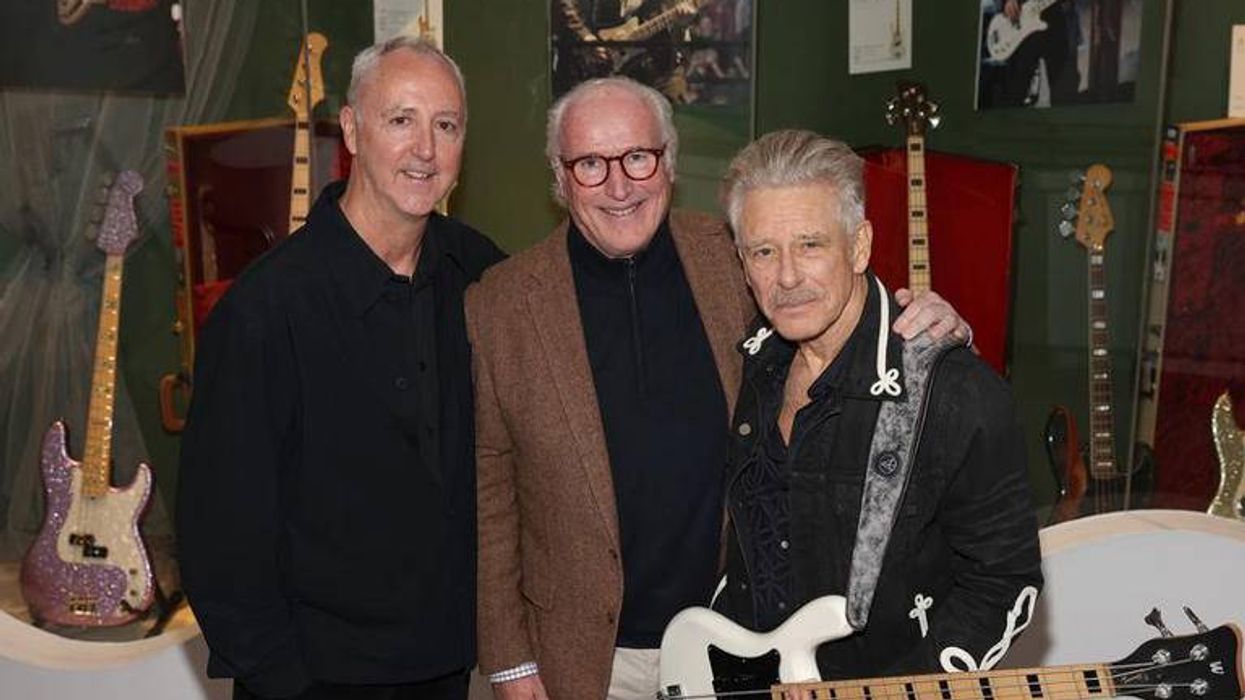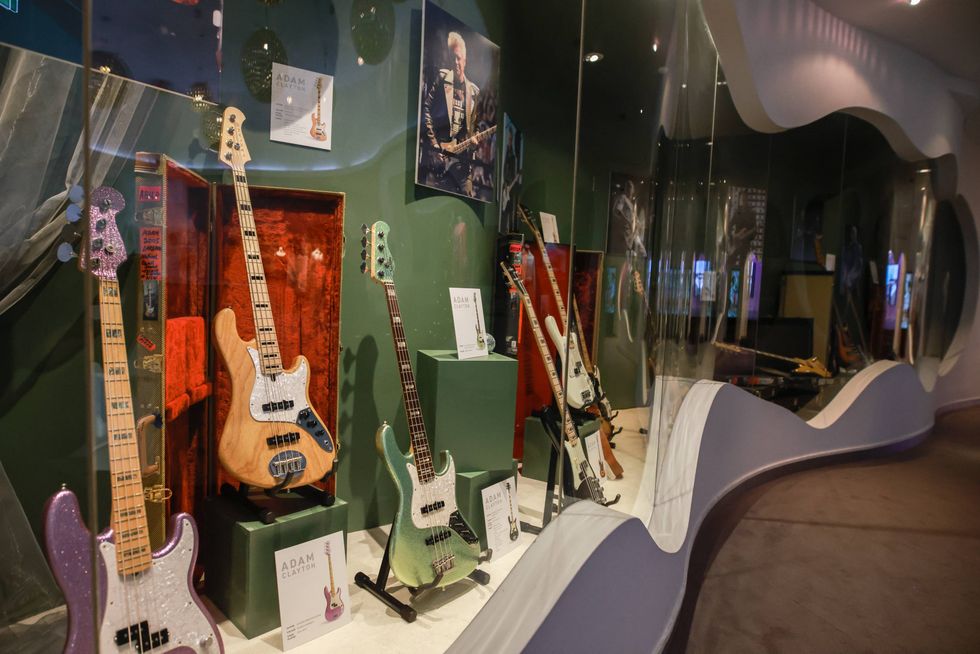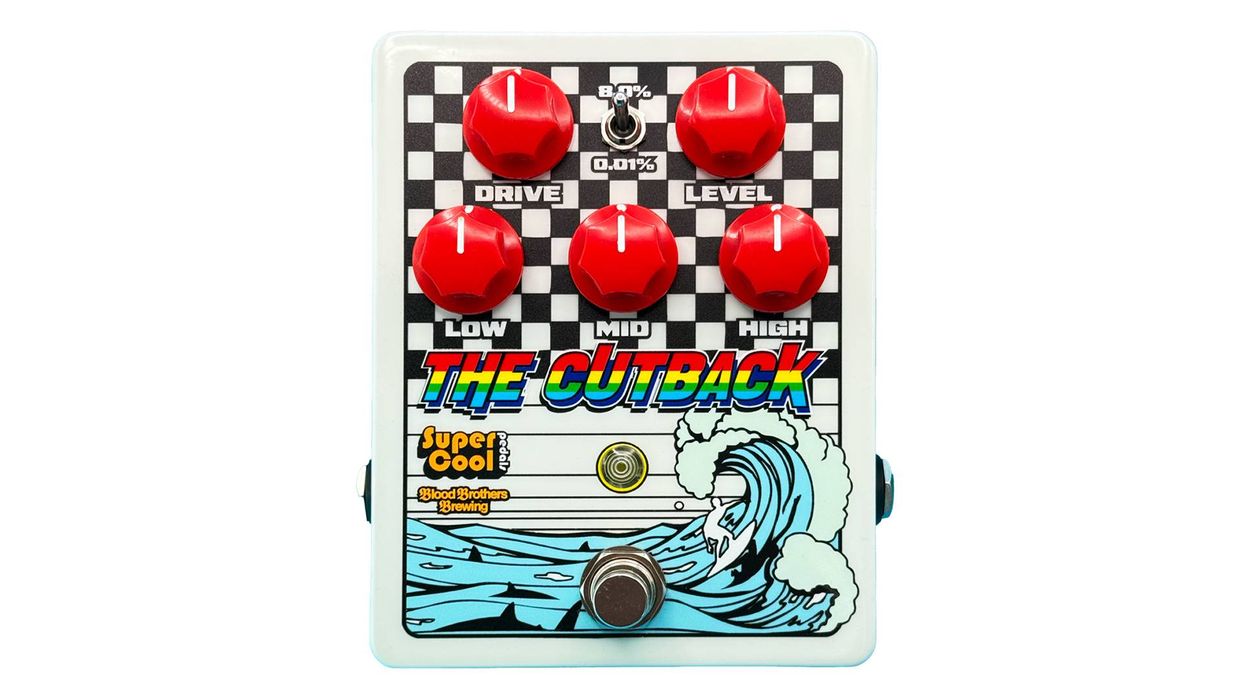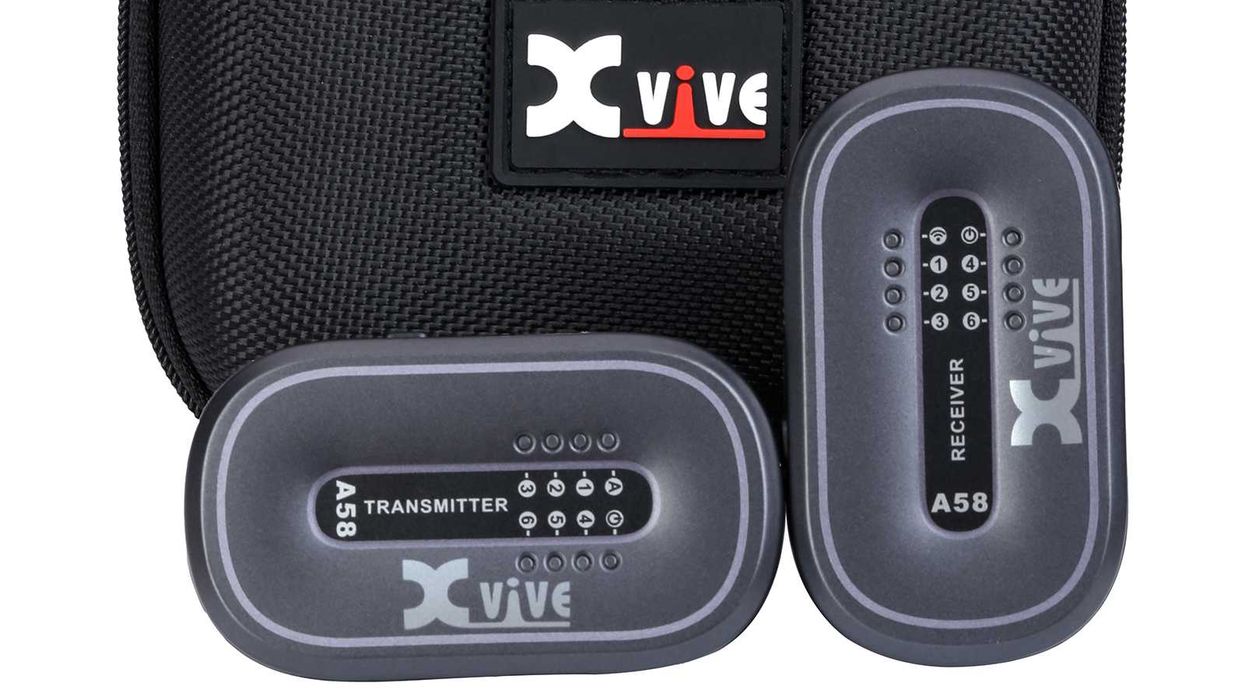Whether you need watts to power a real-life cab or just real-amp sounds, these stomps are guaranteed to make your next load-in a whole lot easier.
Universal Audio Dream '65 Reverb Amp Pedal
Drop this at the end of your pedalboard and you’ll have classic silver-panel tones without lugging around a hefty combo. Not only can you control the different speaker types, but you also have three different amp modes, options for 4-cable method, and a UAFX Control app for deeper editing.
uaudio.com
Strymon Iridium Amp & IR Cab Pedal
Loaded with three notable amp models and nine cab IRs, this pedal sports a powerful 2-stage DSP processor, a fav switch that can emulate a 2-channel setup, and 300 programmable presets that are accessible via MIDI.
strymon.net
Walrus Audio Mako Series ACS1 Amp & Cab Simulator Pedal
This handy stereo setup covers both American and British tones. It comes loaded with six different speaker IRs (or load your own), customizable boost, and the ability to route different amps and cabs to separate outputs.
walrusaudio.com
DSM Humboldt Electronics Simplifier Zero Watt Stereo Amplifier
Here’s an entirely analog zero-watt(!) amp that can be run in true stereo with extremely tweakable cab simulation. You can also cycle through three different cab sizes, adjust mic position, and emulate three different types of power tubes.
www.simplifieramp.com
Boss IR-200 Amp and IR Cabinet Pedal
Based around the company’s 200 series, this self-contained amp rig offers 128 presets, a 96 kHz sampling rate, functions as a USB audio interface, and allows you to run two IRs at once. It comes loaded with eight different amp models and over 150 impulse responses.
boss.info/global
Two Notes ReVolt Guitar Preamp Pedal
Designed around an actual 12AX7 tube, this unit has an all-analog signal path with three different channels (clean, crunch, and lead), a switchable boost, and a headphone output. The ReVolt also has analog cabinet simulation inspired by a Marshall 4x12.
two-notes.com
Quilter Labs SuperBlock US 25-watt Guitar Amplifier Pedal
This collection of “greatest hits” from classic American designs offers up takes on tweed, blonde, and silver-panel tones along with a full array of EQ, reverb, and limiter controls. It includes an effects loop, headphone output, XLR output, and the ability to connect to a passive guitar cab.
quilterlabs.com
Hughes & Kettner StompMan Guitar 50-watt Amplifier Pedal
This single-channel amp cranks out 50 watts (at 8 ohms) and is centered around H&K’s analog Spirit Tone Generator circuit. An interesting feature is the sagging knob, which affects the power amp compression. Other features include a switchable FX loop, solo boost, and resonance control.
hughes-and-kettner.com
Orange Terror Stamp 20-watt Valve Hybrid Guitar Amp Pedal
Based upon the British amp giant’s Micro Dark, this all-analog hybrid design couples a 12AX7 preamp with a 20-watt class AB solid-state power amp. The controls are dead simple and allow you to run one or both channels at the same time along with shape (from mid-forward to classic scoop) and gain knobs.
orangeamps.com
Acorn Amplifiers Solid State
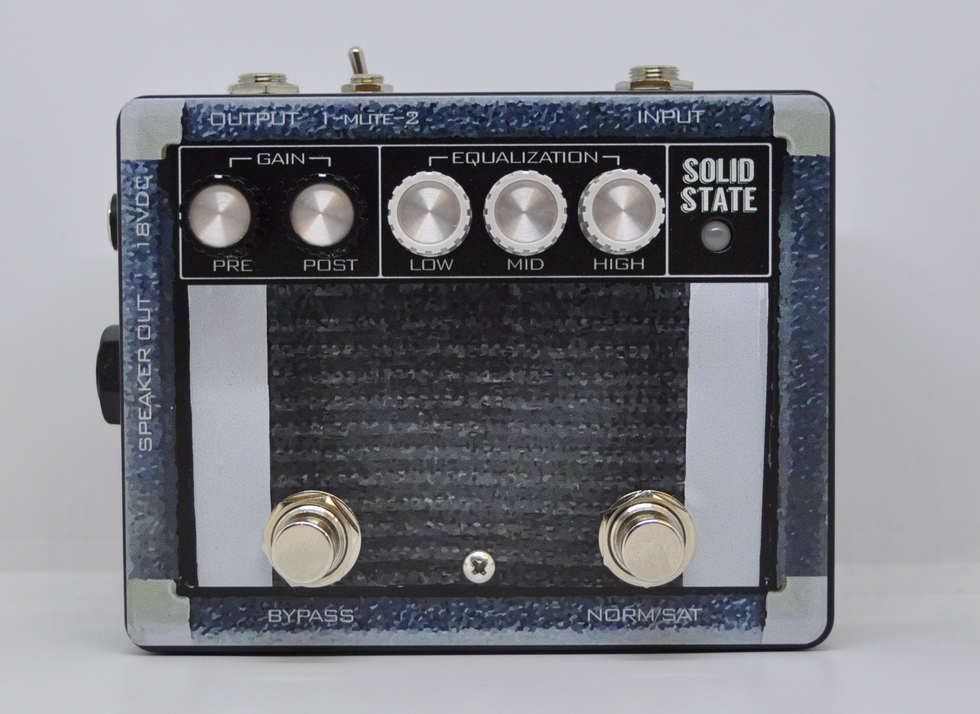
After a recent revelation about a somewhat unheralded amp—the Peavey Decade—being the “secret weapon” on classic albums, Acorn got to work and developed their take but added extra features. Modern upgrades include two switchable tone modes, dual outputs, 3-band EQ, and a pedalboard friendly enclosure.
acornamps.com
$299
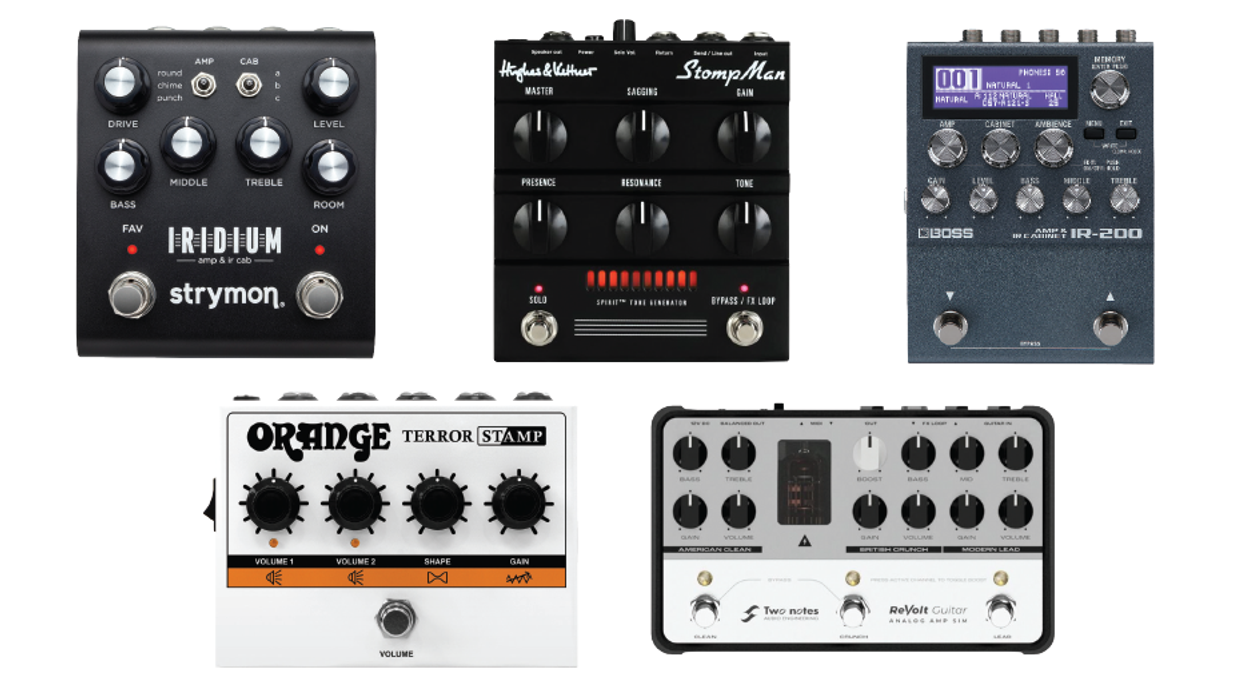

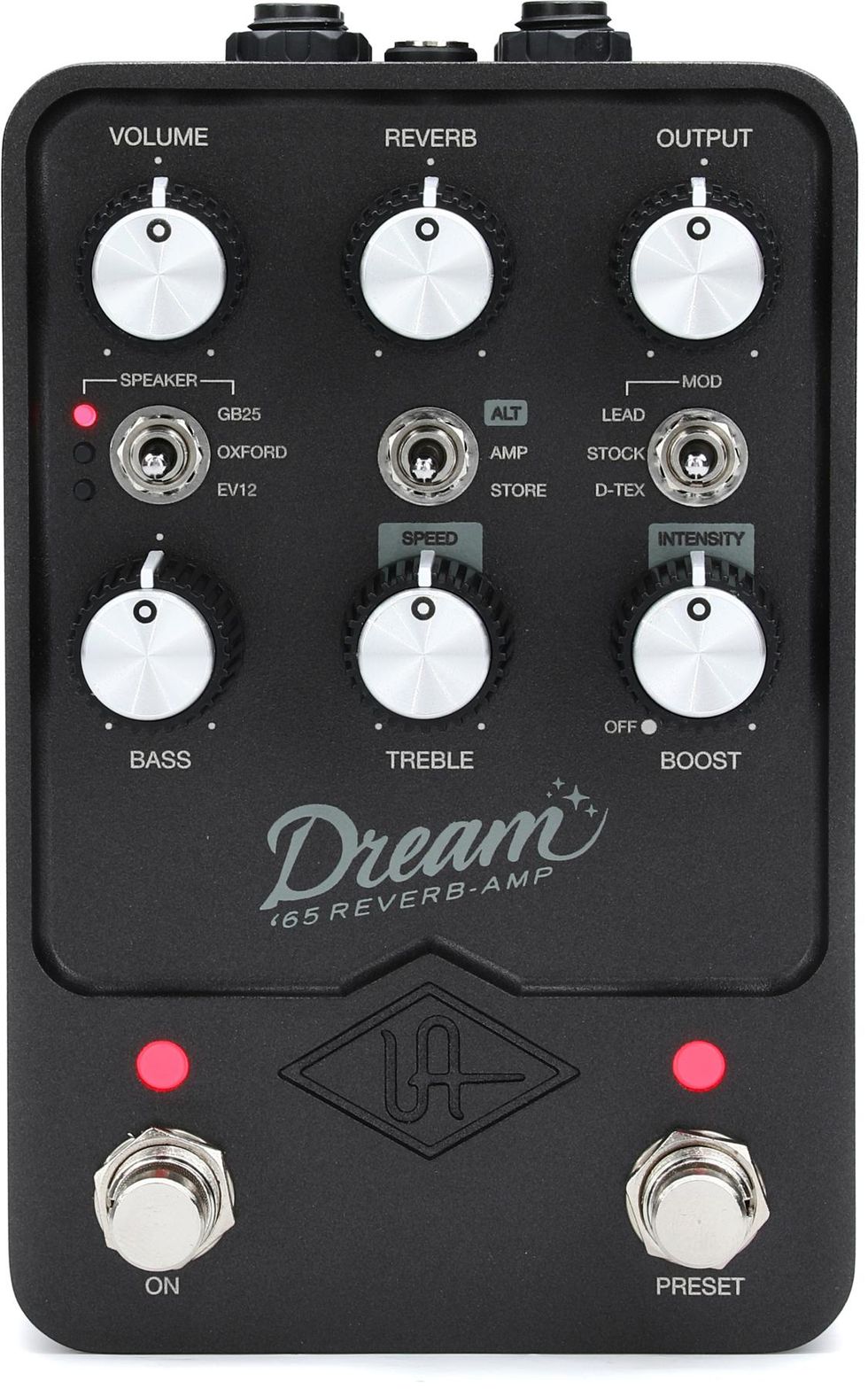
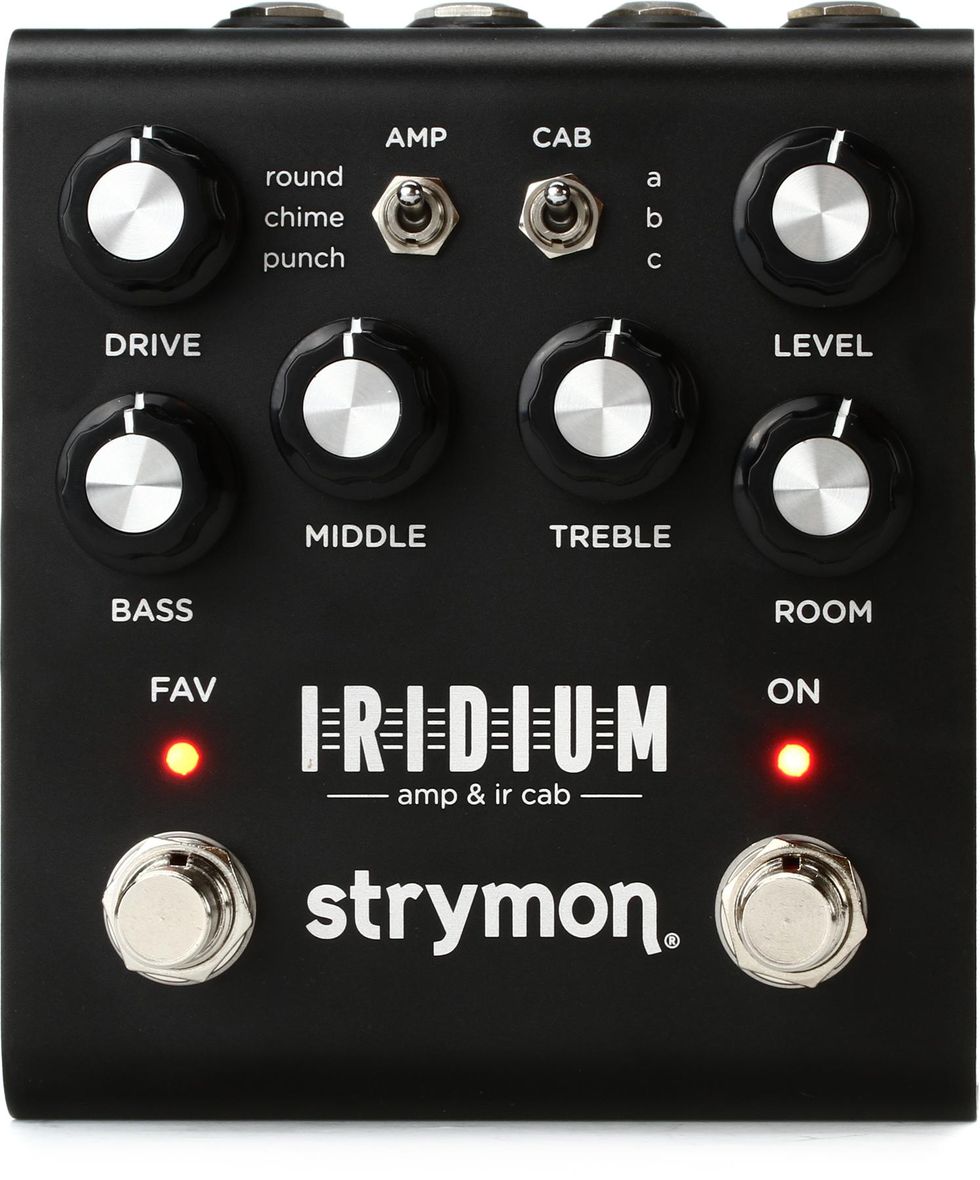
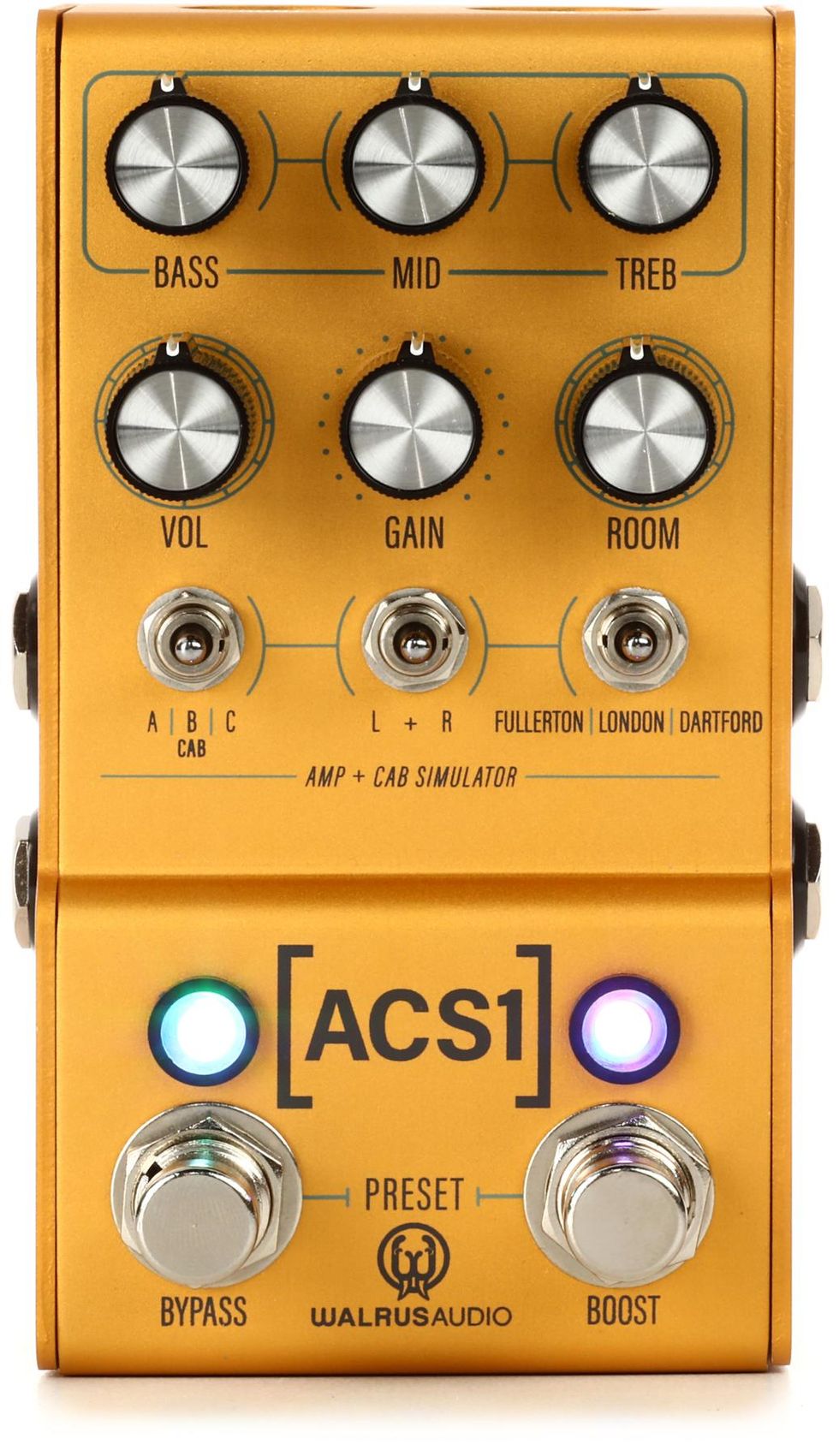
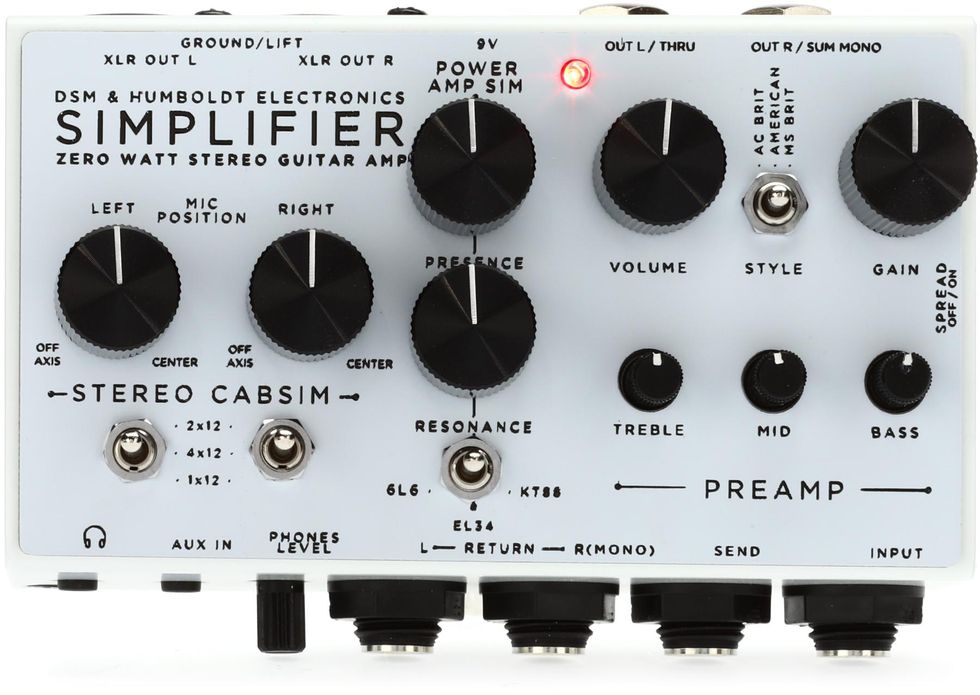
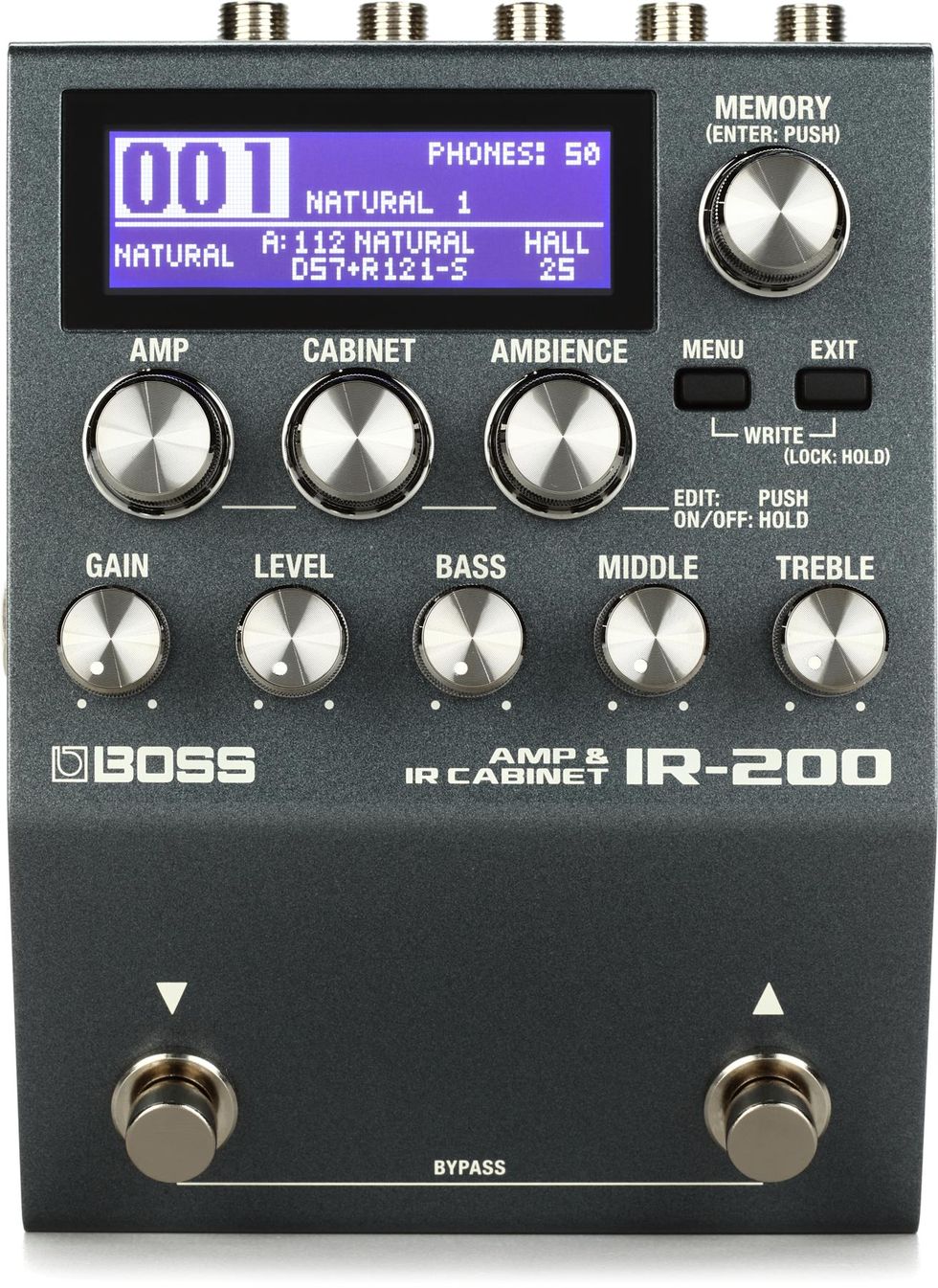
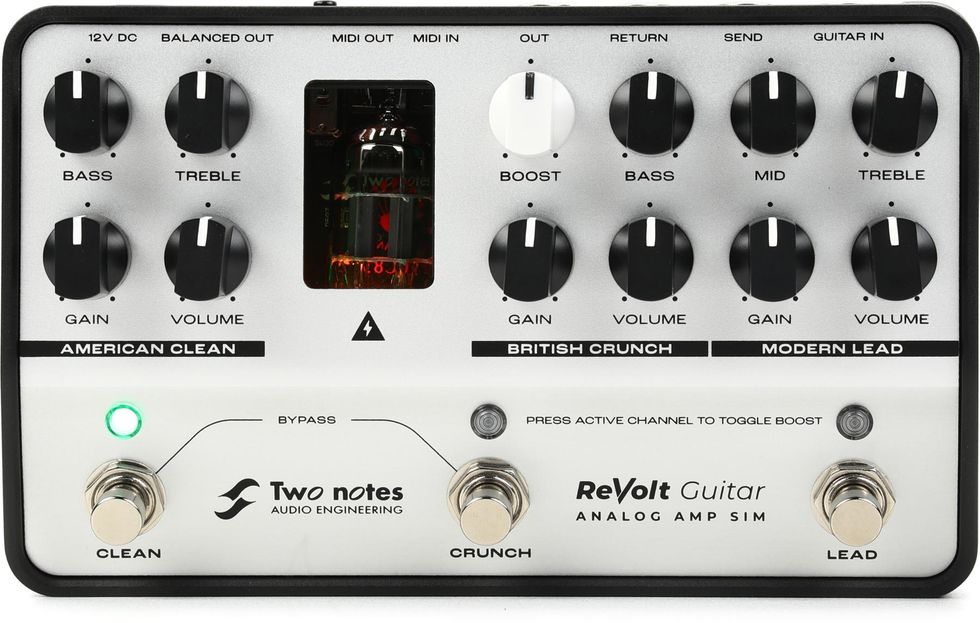
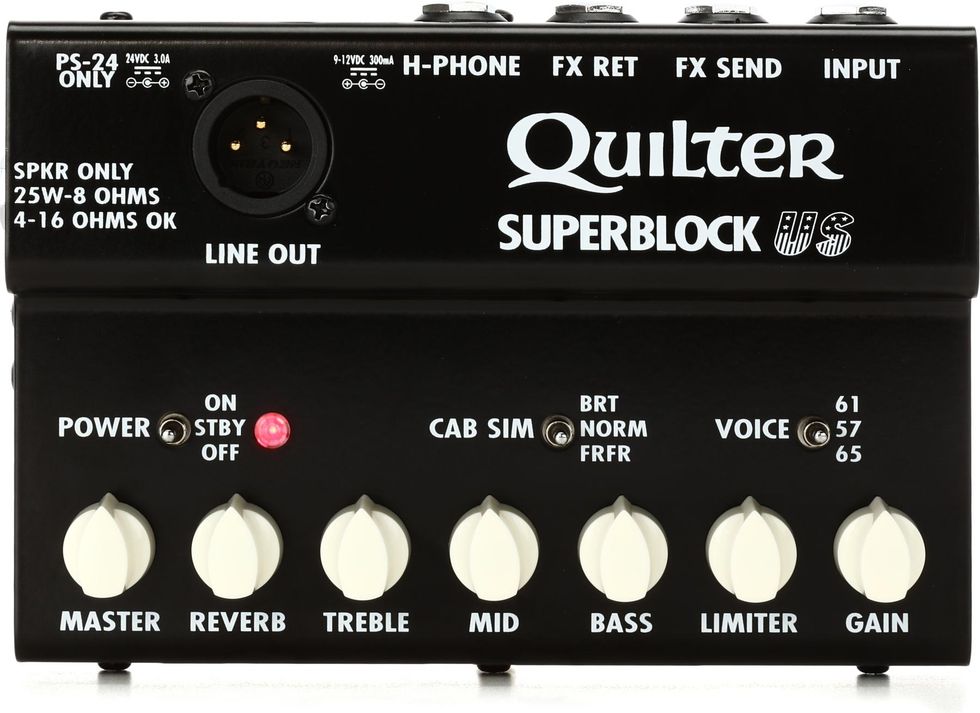
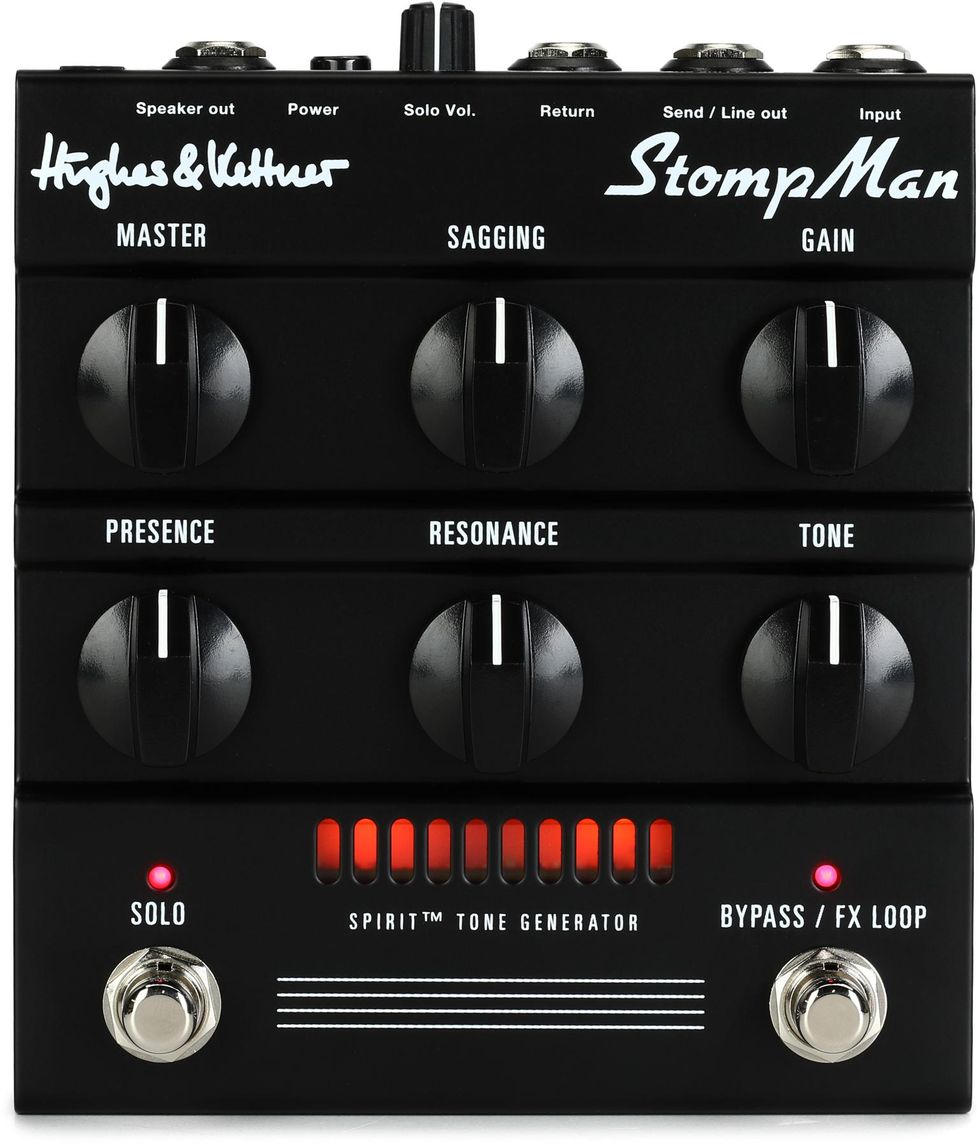
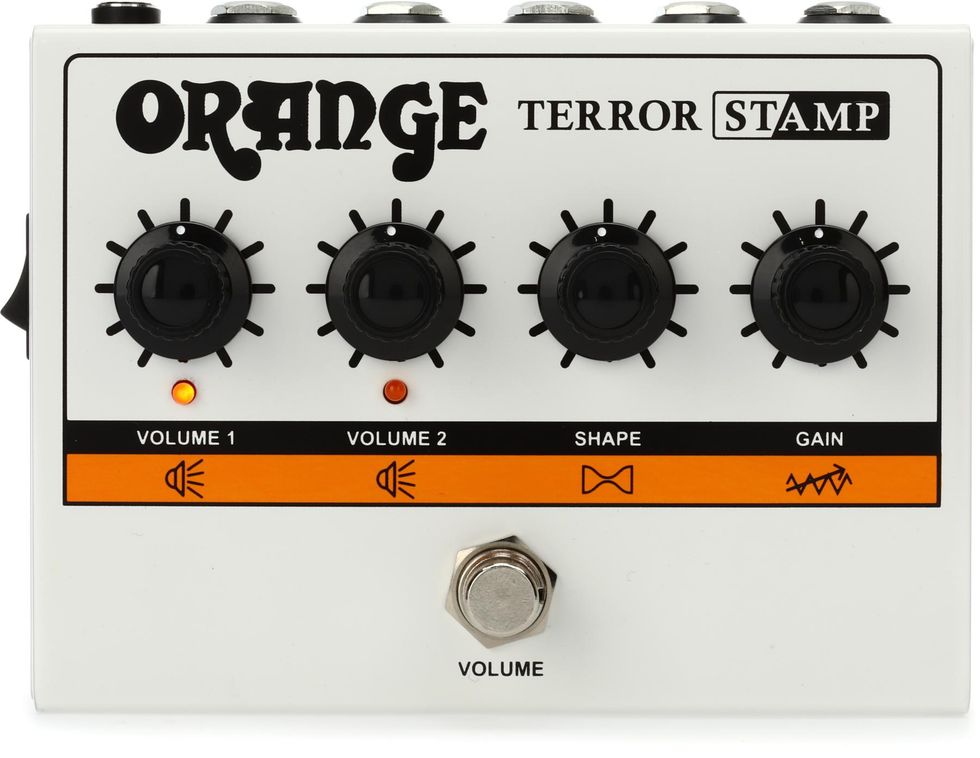
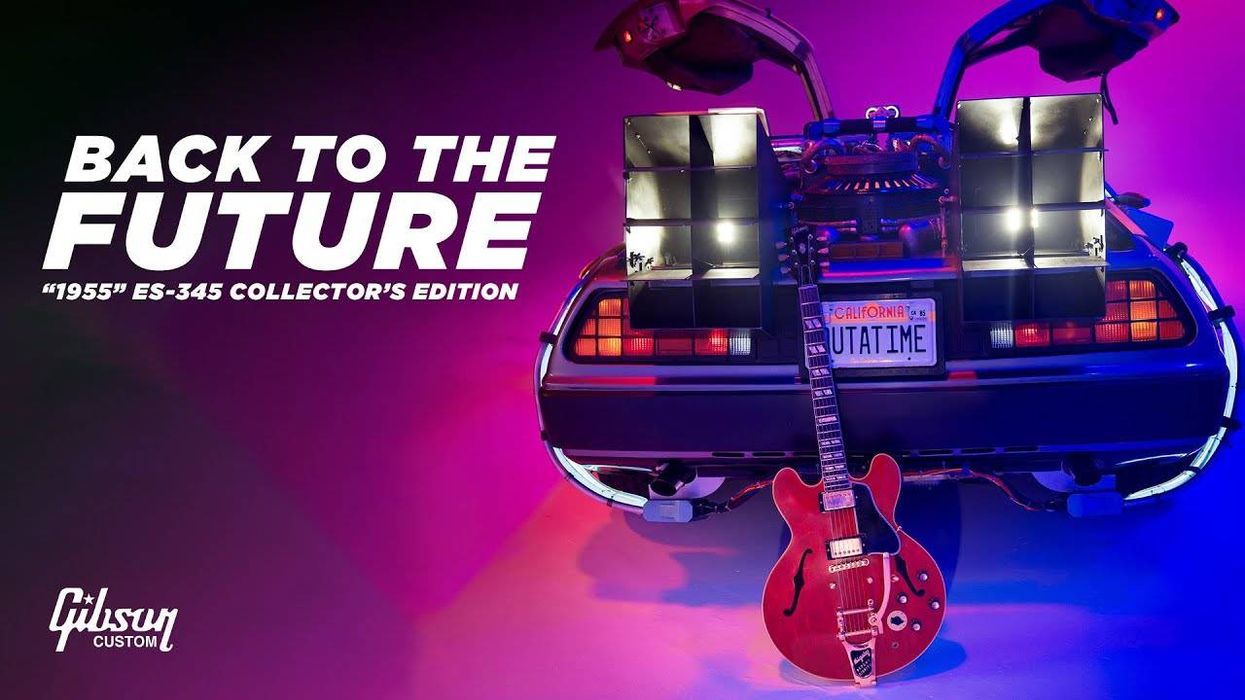

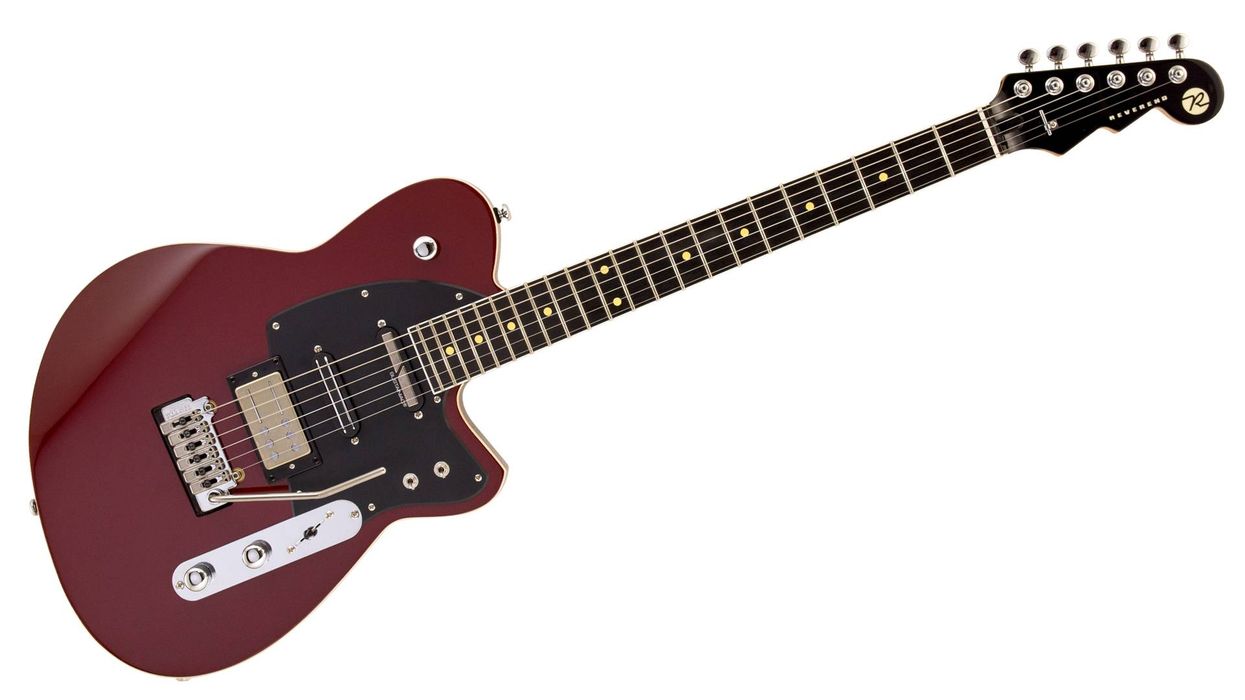

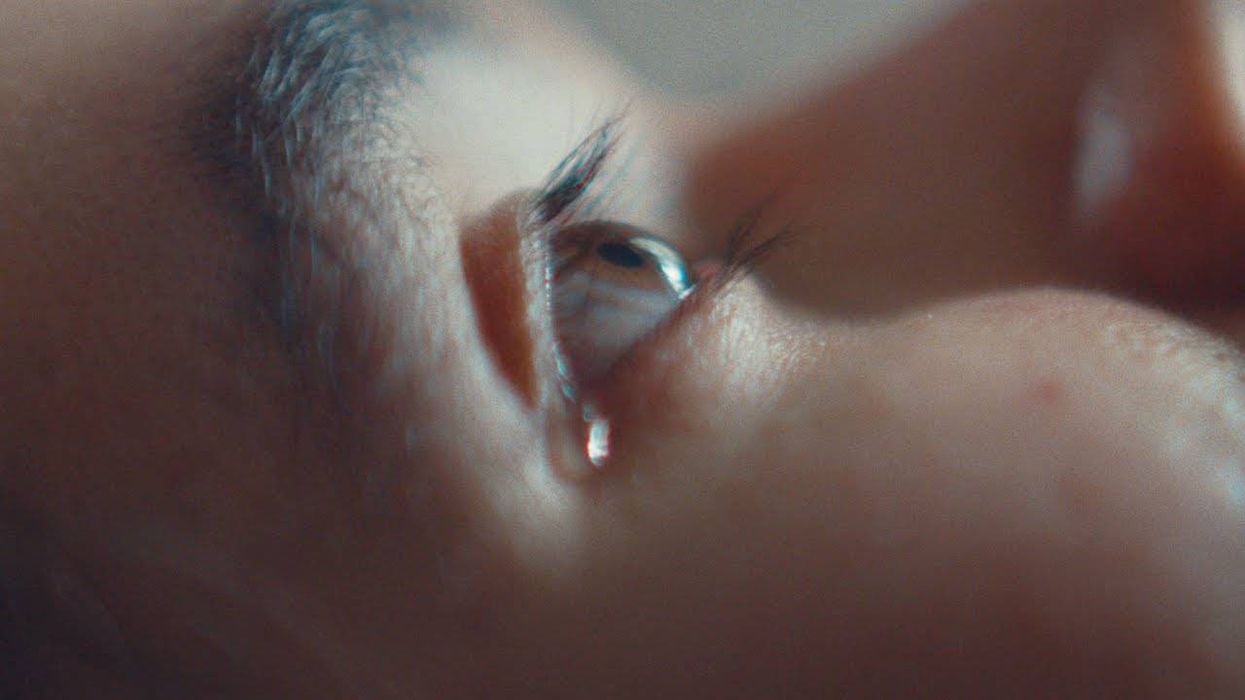

![Devon Eisenbarger [Katy Perry] Rig Rundown](https://www.premierguitar.com/media-library/youtube.jpg?id=61774583&width=1245&height=700&quality=70&coordinates=0%2C0%2C0%2C0)





